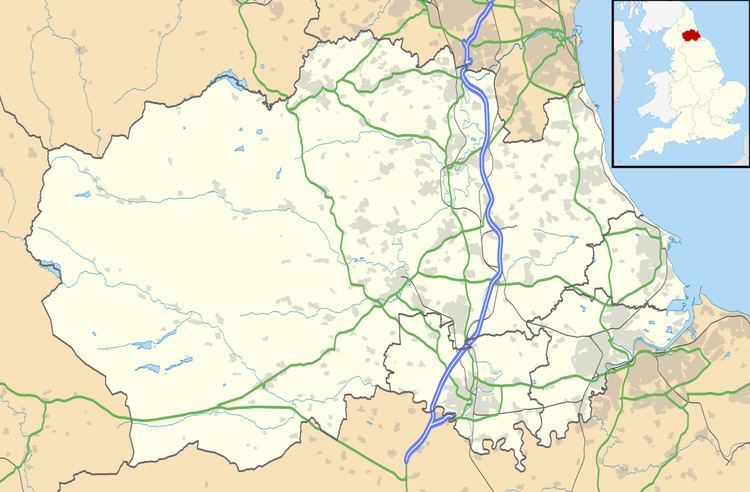OS grid reference NZ336521 | ||
 | ||
The 1815 Philadelphia train accident occurred on 31 July 1815, in Philadelphia, County Durham, England, when an early experimental railway locomotive, Brunton's Mechanical Traveller, suffered a boiler explosion. This engine, also known as the Steam Horse, ran on four wheels but was pushed by mechanical feet. This was both the first recorded boiler explosion and the first railway accident causing major loss of life, as 16 people were killed [some sources state 13].
The accident is not included in many texts because it was on an industrial waggonway or plateway, rather than a public railway. Nevertheless, it predated William Huskisson's death at Edge Hill by 15 years, and the death toll was not exceeded by any railway accident until 1842 worldwide (see Versailles train crash), and 1861 in the UK (Clayton Tunnel). It also killed more people than any other railway boiler explosion of all time.
Most boiler explosions caused severe mechanical damage but often only the locomotive crew suffered physically; however, Brunton's locomotive was surrounded at the time by a crowd of curious sightseers, who formed the majority of the victims. The first high-pressure steam locomotive, Trevithick's Penydarren engine, had only appeared 11 years earlier in 1804, and engineering understanding of the forces and safety risks involved was still primitive.
